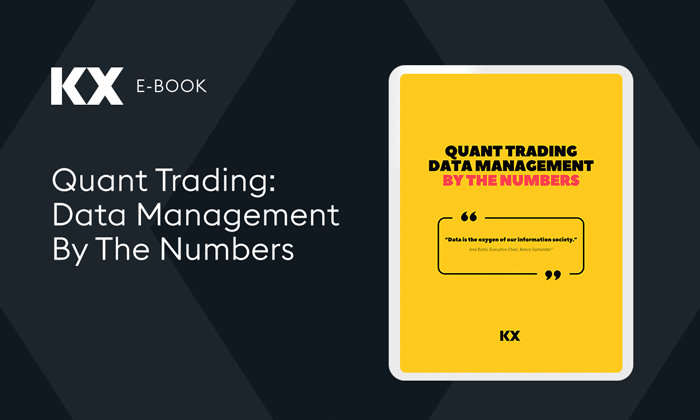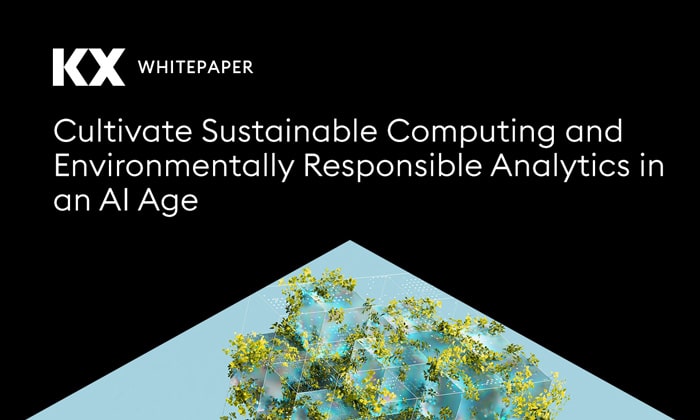For financial institutions, understanding and mitigating portfolio risk is a top priority. Not only does it affect financial stability, it also impacts compliance and decision-making. Luckily, there are multiple models to predict the likelihood of a borrower’s default with a high degree of accuracy. Credit risk modeling can be a powerful tool, but many nuances must be considered.
The following guide will help you evaluate and choose the right data analytics platform to validate your models.
Credit risk modeling: Key points
- Understanding types of credit risk
- Unique differences of credit risk analysis models
- Comparison of structural and reduced-form models
- Generative AI’s role in modeling credit risk
- Finding the best data analytics
What are credit risk analysis models?
Financial institutions must factor in many variables, such as types of credit risk, to create more accurate models. Credit risk analysis models are tools and methodologies used by institutions to assess the likelihood that borrowers will default on their loan obligations. These models help lenders make more informed lending decisions by evaluating the creditworthiness of individuals and businesses.
Also developed to assist in estimating the financial capital needed to support risk-taking, credit risk models factor in economic conditions and firm-specific data. Moreover, markets factor in the price of credit risk when determining purchase prices.
Types of credit risk
Understanding the different types of risks involved can provide valuable insight for both the lender and borrower. Credit default risk, concentration risk, and country risk are all important focal points in these analysis models. However, their specifics and nuances encompass a range of factors, including economic, corporate, and personal impacts.
Credit default risk
Simply put, credit default risk is when a borrower cannot repay their loan in full. It is also relevant to those who are 90 days past due. This can affect many different financial aspects, such as:
- Bonds
- Securities
- Derivatives
- Loans
The risk in this circumstance can fluctuate quite a bit depending on the borrower’s financial situation, as well as unforeseen economic factors.
Concentration risk
Whether it is heavy exposure to a specific sector or a single counterparty, concentration risk can lead to significant financial loss stemming from assets that lack diversity or correlation.
Country risk
This type of risk is related to political instability and economic performance. If a country defaults on foreign currency payments, it could inevitably impact every business within its borders.
Credit risk factors
In order to decrease risk factors, lenders make every effort to forecast potential risks with as much accuracy as possible. The list below offers a look at the primary factors lenders should consider, as they can directly impact credit risk modeling.
- Probability of default (POD): This helps determine how likely a borrower is to default on the obligations of their loan. For individuals, POD is only based on their debt-to-income ratio and credit score. For corporations, the POD stems from credit rating agencies.
- Loss given default (LGD): This pertains to the amount of financial loss a lender will encounter if the borrower defaults. You won’t find a standard for calculating LGD, but lenders will sort through a portfolio of loans to hone in on the potential for loss.
- Exposure at default (EAD): A key measure of the lender’s willingness to take on risk, EAD determines the potential loss exposure the lender could experience. This is applicable to both individual and corporate borrowers. The EAD is calculated by multiplying each loan obligation by a specific percentage, which is then adjusted based on the details of the loan.
Understanding these definitions can be helpful in navigating loans, but it’s still crucial to understand the rationale behind credit risk modeling.
Why model credit risk?
From examining global risk exposure to improved data collection for risk management, working on these models can help avoid a lot of pain. Being able to adapt to changing market conditions or reduce regulatory arbitrage incentives is positive for everyone involved. If lenders were to ignore credit risk modeling altogether, borrowers and lenders would be vulnerable to significant losses.
However, it’s important to note that these benefits aren’t a guarantee of success in every circumstance. That’s why it’s crucial to use multiple strategies to help manage a broader range of lending situations, especially those that involve higher risk. A risk analysis framework, market responsiveness, and accurate concentration risk are all extremely helpful when used in conjunction with credit risk modeling.
Structural vs. reduced form models
The two main classes involved in credit risk models are structural and reduced-form models. Structural models calculate default probability based on the firm’s liabilities and assets, while reduced form models treat defaults as random events rather than probabilities. The table below offers a simple comparison between structural and reduced-form models.
| Comparison | Structural models | Reduced-form models |
| Focal point | The financial health of the firm and its balance sheet. | Arrival rate of random default events. |
| Approach to modeling | Analysis of the firm’s financial structure. | Modeling based on statistics of default occurrence. |
| Point of application | Works to assess the firm’s specific risk associated with defaults. | Determines general default risk across a market or portfolio. |
Although this may all seem like an extensive amount of due diligence, there are still plenty of other steps to cover. Validation is another critical consideration.
Validating your model
There are many ways for lenders to validate a credit risk model. No single solution covers every validation need or requirement effectively.
The following tests are commonly used to validate a model:
- Backtesting: Helps to validate model accuracy by comparing historical data and predictions.
- Stress testing: Focuses on the resilience of models under severe economic scenarios.
- Sensitivity analysis: Determines how changes in input can affect credit risk model outputs.
- Management oversight and reporting: Maintains transparency and proper use of the risk model while keeping it aligned with risk management policies.
Today, there is a plethora of technology available to support these processes, with generative AI standing out as one of the most recent advancements in effective credit risk modeling.
AI and credit risk modeling
While it may still be a developing approach for credit risk modeling, AI can improve efficiency and accuracy and reduce human error. Some of the main challenges in credit risk modeling relate to the availability and quality of data, modeling assumptions, and difficulties in effective validation.
Advanced machine learning algorithms and AI utilize extensive datasets to identify patterns and correlations that outdated models might overlook. In essence, this technology processes a large amount of structured and unstructured data to provide a comprehensive view of credit risk.
Finding the right data analytics platform to validate your models
As technology evolves, credit risk modeling will remain crucial for the improvement of portfolio management within financial institutions. However, selecting the right data analytics platform to validate credit risk models can be overwhelming. kdb Insights Enterprise offers high-performance data analysis and real-time data visibility to integrate financial statements, credit ratings, market information, and perform stress tests to simulate adverse scenarios, ensuring defaults can be anticipated and mitigated against. .
Discover how KX supports real-time data access and backtesting or book a demo today.













